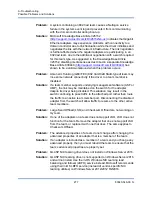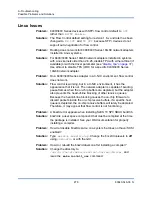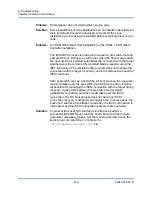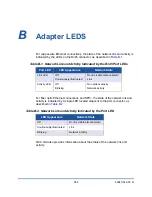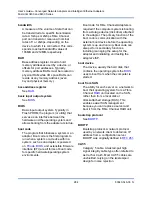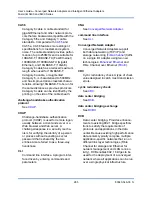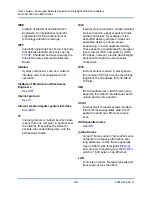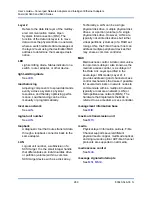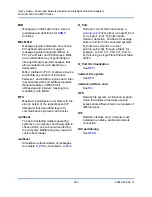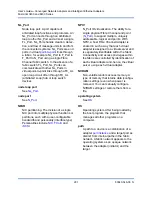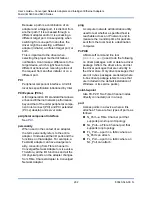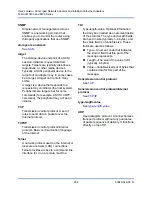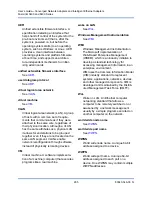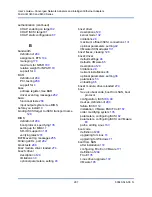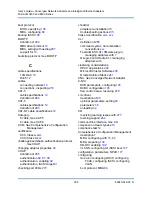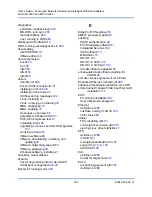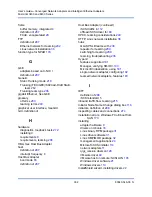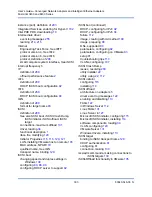
288
83840-546-00 N
User’s Guide—Converged Network Adapters and Intelligent Ethernet Adapters
FastLinQ 3400 and 8400 Series
IEEE
Institute of Electrical and Electronics
Engineers. An international nonprofit
organization for the advancement of
technology related to electricity.
IETF
Internet Engineering Task Force. The body
that defines standard protocols such as
. Chartered and supervised by the
Internet Society’s Internet Architecture
Board.
initiator
System component, such as a network
interface card, that originates an I/O
operation.
Institute of Electrical and Electronics
Engineers
See
Internet protocol
See
Internet small computer system interface
See
.
IP
Internet protocol. A method by which data
is sent from one computer to another over
the Internet. IP specifies the format of
packets, also called
datagrams
, and the
addressing scheme.
IPv4
Internet protocol version 4. A data-oriented
protocol used on a packet switched inter-
network (Ethernet, for example). It is a
best-effort delivery protocol: it does not
guarantee delivery, ensure proper
sequencing, or avoid duplicate delivery.
These aspects are addressed by an upper
layer protocol (TCP, and partly by UDP).
IPv4 does, however, provide data integrity
protection through the use of packet
checksums.
IPv6
Internet protocol version 6. Next-genera-
tion version of IP that, among other things,
lengthens the IP address from 32 bits to
128 bits.
IQN
iSCSI qualified name. iSCSI node name
based on the initiator manufacturer and a
unique device name section.
iSCSI
Internet small computer system interface.
Protocol that encapsulates data into IP
packets to send over Ethernet connec-
tions.
iSCSI qualified name
jumbo frames
frames used in high-performance
networks to increase performance over
long distances. Jumbo frames generally
means 9,000 bytes for Gigabit
,
but can refer to anything over the IP
which is 1,500 bytes on an Ethernet.
LAN
Local area network. Network typically with
transmissions less than 5km.




